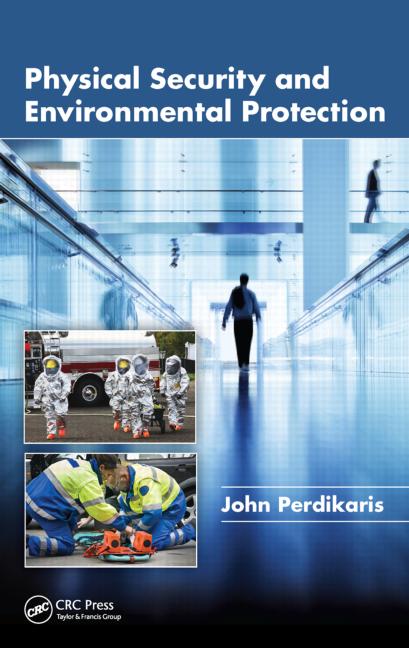Protection 1 Security Solutions, Romeoville, Ill., announced its adoption of the Central Station Alarm Association’s (CSAA) Automated Secure Alarm Protocol (ASAP). The protocol was developed in 2011 by the Association of Public Communications Officials (APCO) and CSAA.
The ASAP Alarm Interface is based on the ANSI/APCO/CSAA 2.101.2-2014 standard for alarm monitoring companies to directly transmit alarm event data into the appropriate response centers. This direct computer-to-computer interface dramatically reduces alarm response times and human error by eliminating the need for a voice call between the alarm monitoring company and the 9-1-1 center.
“A program like ASAP is a natural fit for our organization. It saves valuable time for our central station operators, but more importantly it can help save lives and property,” stated Donald Young, chief information and operating officer for Protection 1. “We are the first national company, actually, to make use of ASAP,” added Young.
Protection 1 has a number of PSAPs working now but Richmond, Va., was “our first” said Young. “ we are now excited about getting Houston onboard later this month,” he continues. Why? “Because Houston represents the second largest number of police dispatches we have on an annual basis.”
The ASAP is becoming more widespread, according to Pam Petrow, CSAA first vice president and CEO of Vector Security. “ASAP is gathering momentum over recent months as more monitoring companies come online in more localities,” she stated in August. “It is already active and successful in several PSAPs in Virginia, Washington D.C., Houston, Tempe, Ariz., and other locations. We are excited about Protection 1 coming online. We look forward to working with PSAPs around the country to improve the validation and speed of central station transmissions through the ASAP program,” said Petrow.
“There is no doubt in my mind, this is the best method for dispatching the police,” said Young. “We’re thrilled to play a part in the development and use of this technology and are working hard with our partners at CSAA to let others in the industry and law enforcement know how important this is to our future.”
The interface is used for both commercial and residential alarms.







